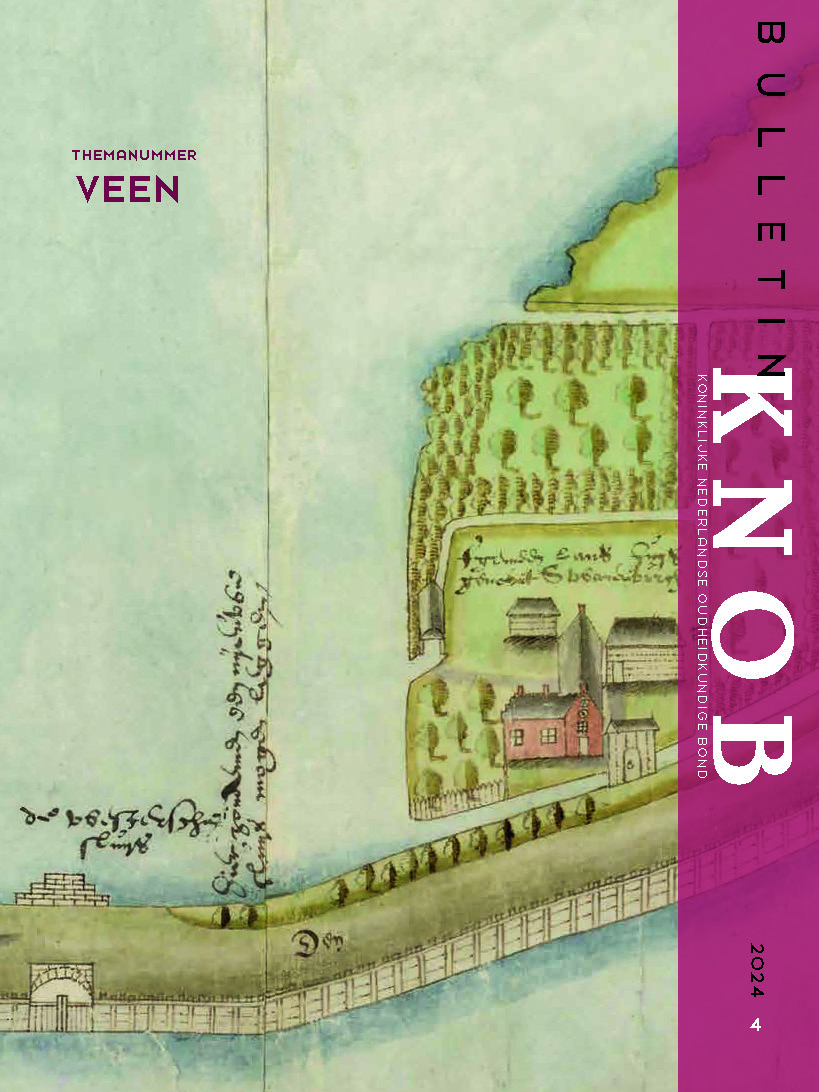Indexing ESCI / Scopus


This issue was co-founded by the Cultural Heritage Agency and the Hendrik Mullerfund
Voorwoord bij het themanummer
Het KNOB-bestuur blaast de traditie van zijn voorgangers nieuw leven in: op gezette tijden wendt het zich met Nieuws van de Bond in gedrukte vorm tot zijn leden.
Around 2000 years ago peat was present on a vast scale throughout the Dutch lowlands. Over the course of time, however, peat extraction and post-reclamation subsidence led to the disappearance of large volumes of peat. A quarter of the Netherlands ended up below sea level and a variety of peat degradation landscapes emerged: reclaimed peatlands, lakes and drained lakes, tidal inlets and tidal clay polders. Although these typical Dutch lowland landscapes were in large part man-made, the presence of peat played a crucial role in their formation. The spatial distribution of these peat...
In this article the authors draw on three case studies in testing the merits of an alternative peatland reclamation model – namely, from high to low – put forward by several authors in recent years. According to this new model, the drainage of the peatlands started from peat mounds built on top of the dried out peatland, rather than by digging ditches from natural waterways (low) to the centre of the peatland (high). Archaeological and other data for all three case studies – IJsselmonde, Roderwolde and Zeevang – have been analysed as systematically as possible. Roderwolde qualifies as a...
An excavation in Aalsmeer in 2013 revealed the remains of a building with most remarkable foundations, namely blocks of peat. Such blocks, cut from dredged peat and then dried, were widely used as fuel in centuries past. Because peat is sometimes encountered inside buildings, especially in the form of insulation, the question arose as to whether peat was used by builders as an ad hoc, pragmatic solution using a readily available material, or whether it was a more widely used building material in the past. This research question led to a large-scale survey of the literature and...
In the years 1540–1570, sluice construction in the Low Countries underwent an important transition. In addition to the introduction of mitre gates, the increasing use of stone was a vitally important innovation. The advantage of this building material was that it prolonged the lifespan of sluices and made it possible to build larger ones, with considerable benefits for shipping and water management. The improved sluices in turn contributed greatly to the rise and prosperity of the Dutch Republic. These new hydraulic works were much heavier than their wooden predecessors and needed to be...
